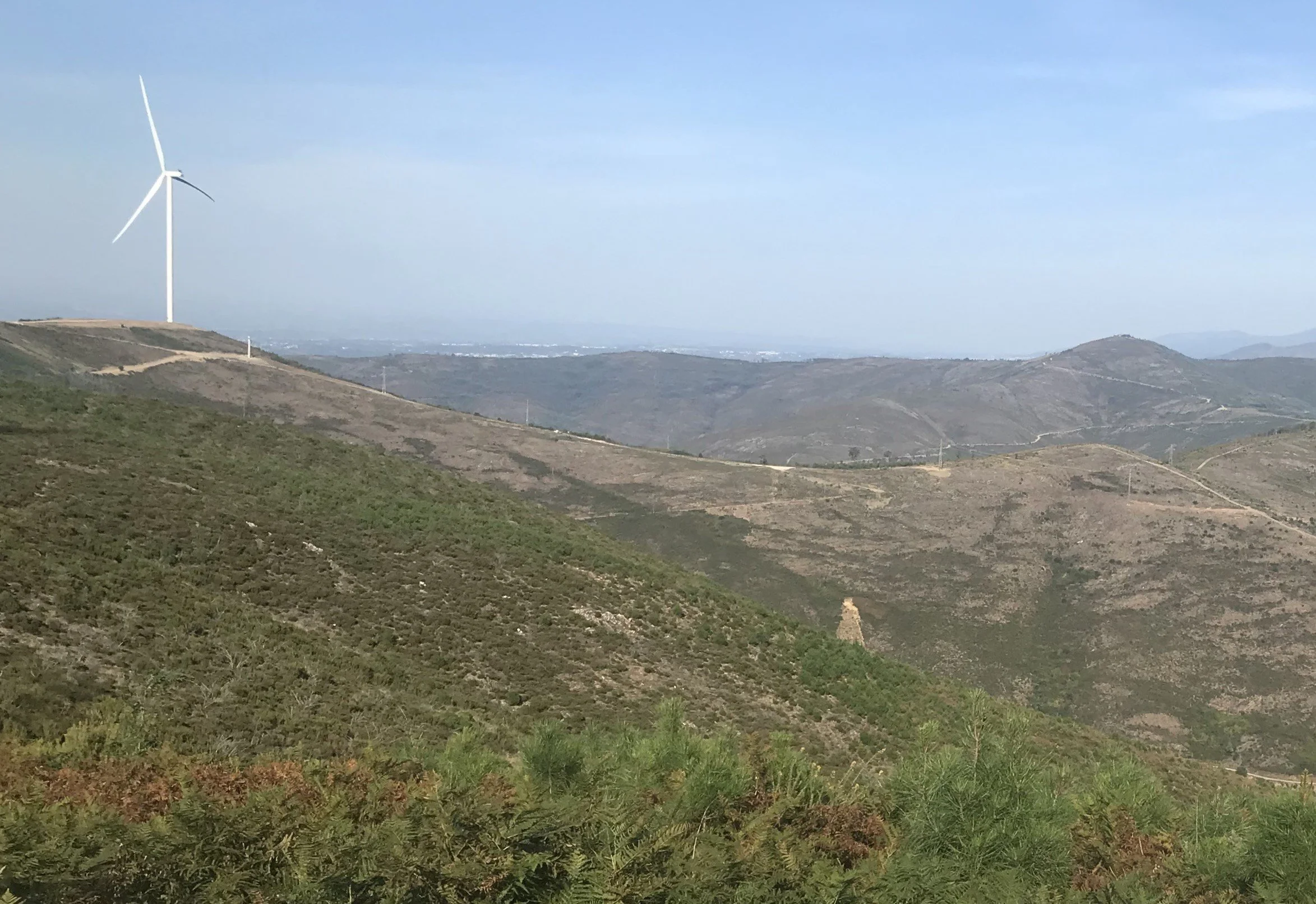
Sveaskog
The SVEASKOG Ecoparks case study is managed by SVEASKOG, a Swedish state-owned forest company. The 37 Ecoparks (and sometimes associated control areas) are located throughout Sweden and cover 2470 km2. The Ecoparks are zoned and contain both areas designated for conservation and production.
Within these Ecopark landscapes, ecological, economic, and social goals are combined and management for ecological integrity takes precedence over commercial management interests. The area of the 37 Ecoparks amounts to 5% of the company’s productive land.
After wildE, Ecoparks will be maintained according to management plans, though agreements between the Swedish Forestry Agency and SVEASKOG run for 50 years. Discussions are ongoing regarding transforming a few Ecoparks into national parks.
Challenges
The SVEASKOG Ecoparks case study is managed by SVEASKOG, a Swedish state-owned forest company. The 37 Ecoparks (and sometimes associated control areas) are located throughout Sweden and cover 2470 km2. The Ecoparks are zoned and contain both areas designated for conservation and production.
Within these Ecopark landscapes, ecological, economic, and social goals are combined and management for ecological integrity takes precedence over commercial management interests. The area of the 37 Ecoparks amounts to 5% of the company’s productive land.
After wildE, Ecoparks will be maintained according to management plans, though agreements between the Swedish Forestry Agency and SVEASKOG run for 50 years. Discussions are ongoing regarding transforming a few Ecoparks into national parks.
Research
The overall aim of the Sveaskog case study is to evaluate the concept of Ecoparks with a specific focus on consequences for biodiversity and climate mitigation.
We will evaluate Ecoparks by studying the effects of their restoration and forestry practices on forest structures such as the amount of deadwood and openings in the forest canopy. These forest structures are often the base ground for maintaining biodiversity. Furthermore, we will study how the Ecoparks and forest structures affect the diversity and species composition of Hymenoptera wasps and beetles that live in deadwood. Wasps are likely to be good indicators for the ability of Ecoparks to protect the biodiversity in forest ecosystems and can provide important ecosystems services such as pest control and pollination. Lastly, we will look at the carbon sequestration in the Ecoparks and how this is related to specific management and restoration practices.
Meet the Sveaskog Team
-

Lydwin Wagenaar
Lydwin is a PhD candidate at Lund University. During her PhD, she will evaluate Swedish Ecoparks, which are multifunctional forest landscapes that are owned by a forestry company called Sveaskog. More specifically, she will try to understand how active and passive restoration and rewilding practices affect the forest structure, species diversity of for example insects such as the cuckoo wasps, and carbon sequestration in forest ecosystems.
-

Henrik Smith
Henrik Smith is a professor in animal ecology, with a focus on the consequences of landscape-scale management on biodiversity and ecosystem services. Henrik is leading the team working with the Sveaskog case study and will participate in both studies of biodiversity-consequences of the Sveaskog Ekopark concept, and analyses of the wider costs and benefits of the concept for Sveaskog as a company and society at large.
Case studies
-

Coillte
Managed by Coillte, an Irish state-owned commercial forestry business.
-

Gelderse Poort
Managed by Staatsbosbeheer, the Dutch government organization in charge of management and conservation of forests.
-
Ruhrgebiet
Managed by German government institutions and organisations Rheinelbe, Zeche Zollverein, Landschaftspark Duisburg-Nord, Naturerfahrungsraum Peisberg and Gleispark Frintrop.
-

Sabor
Managed by CIBIO, the Portuguese Research Centre in Biodiversity and Genetic Resources.
-
Antarr
Managed by Sustainable Productive Forests company Antarr.
-

Tatras
Managed by the Slovakian National Park of High Tatras (TANAP).
-

Barcelona Metropolitan Region
Managed by CREAF Ecological and Forestry Applications Research Centre.




